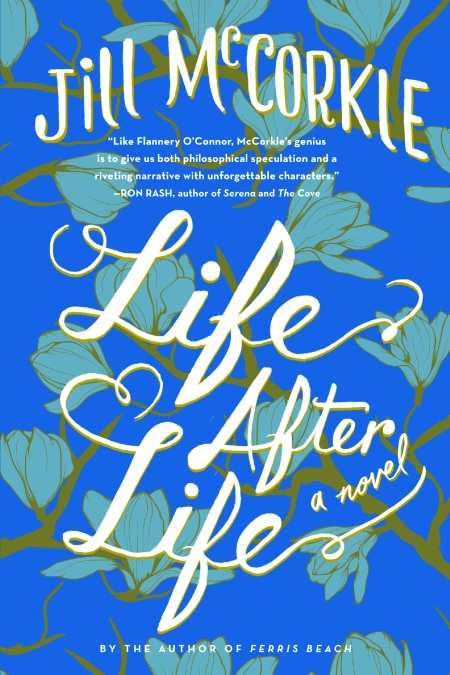Life After Life
It’s present-day in the small town of Fulton, North Carolina, but readers get more than just an accounting of day-to-day goings on at the Pine Haven Retirement Center, where Jill McCorkle sets her latest novel; they’re also privy to the “past” lives of the staff and residents there. Part life-and-death exploration, part confessional, McCorkle’s novel is told from multiple points of view, with chapters moving from one resident to another and then to staff who confess their lives and regrets, including the connections between and among people who live there now and whose lives intersected in prior decades.
Woven throughout is the narrative of hospice nurse Joanna, whose return to the town remains somewhat of a mystery for the early part of the novel, and a subplot involving a young girl, Abby, whose home life is so dysfunctional that she spends every moment she can in the warm embrace of Pine Haven resident and former teacher Sadie.
Life After Life should enjoy broad readership because of its life-and-death narrative, not despite it, and the well-drawn characters throughout offer much by way of their introspection and retrospection. Rachel, for example, reminds us how fragile time is: “She had missed her chance; one minute it seemed like there was plenty of time to decide and then there wasn’t.” Or Stanley, reflecting on still receiving mail for his long-deceased wife: “It amazes him—this process of lives being forwarded, or someone like Martha, long dead, still being asked for her support, her opinion, her use of a coupon worth a hundred dollars if she acts now.” In McCorkle’s characters, we see ourselves and those we know—their pathos, humor, regrets, joys, and sorrows, the parts and the wholes that each of us becomes. That’s the strength of the stories throughout Life After Life: our interconnectedness, our sameness in life and in death and in that “in-between” place that each of us, at one time or another, ponders. What happens to us when we die? It’s not that McCorkle or any of her characters have the answer; it’s that they have given us a place to begin the conversation.
Near the end of the book, another turn of events—a murder—upends this life-and-death exploration. Read as a novel, it’s somewhat difficult to find a story line; read as separate vignettes, the compilation of stories holds together well.
Reviewed by
Chris Henning
Disclosure: This article is not an endorsement, but a review. The publisher of this book provided free copies of the book to have their book reviewed by a professional reviewer. No fee was paid by the publisher for this review. Foreword Reviews only recommends books that we love. Foreword Magazine, Inc. is disclosing this in accordance with the Federal Trade Commission’s 16 CFR, Part 255.

